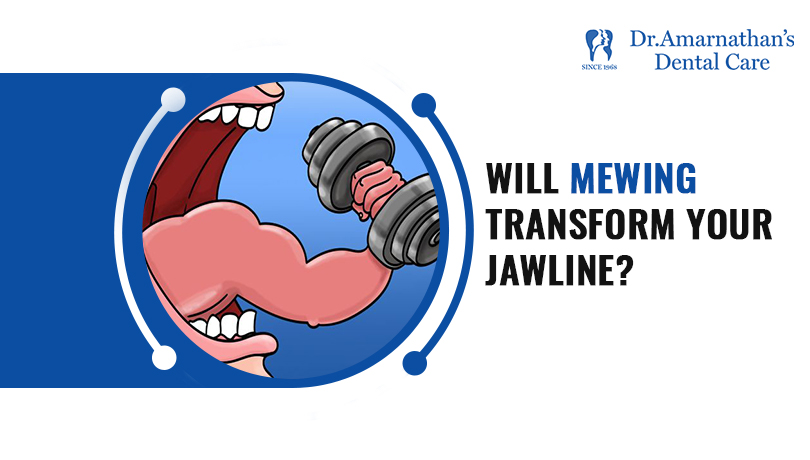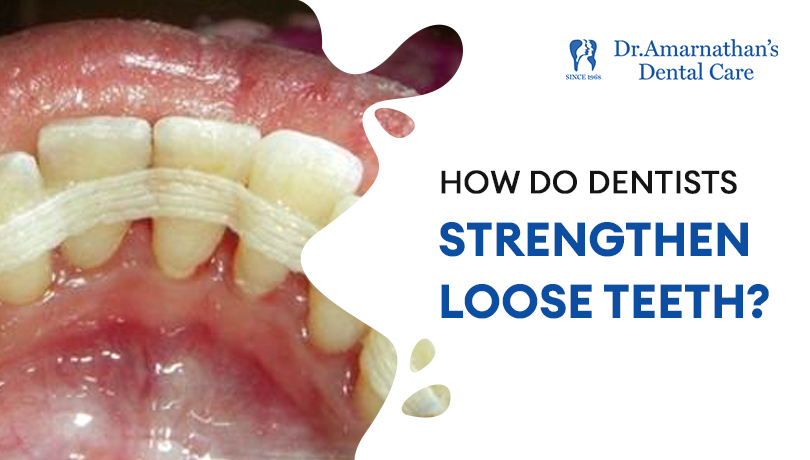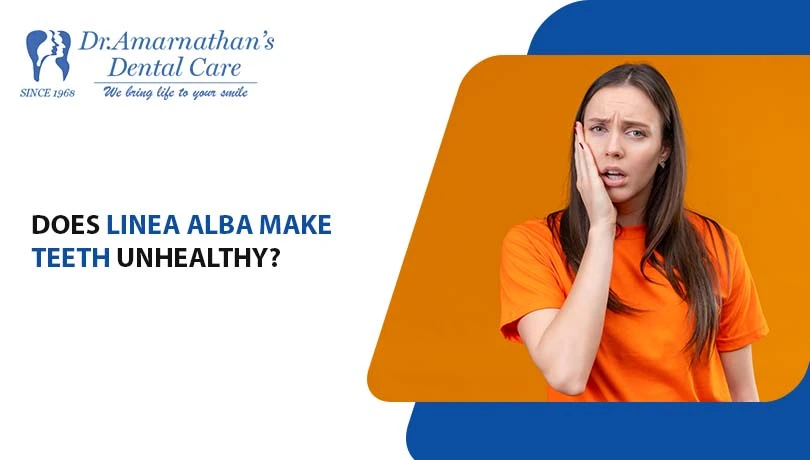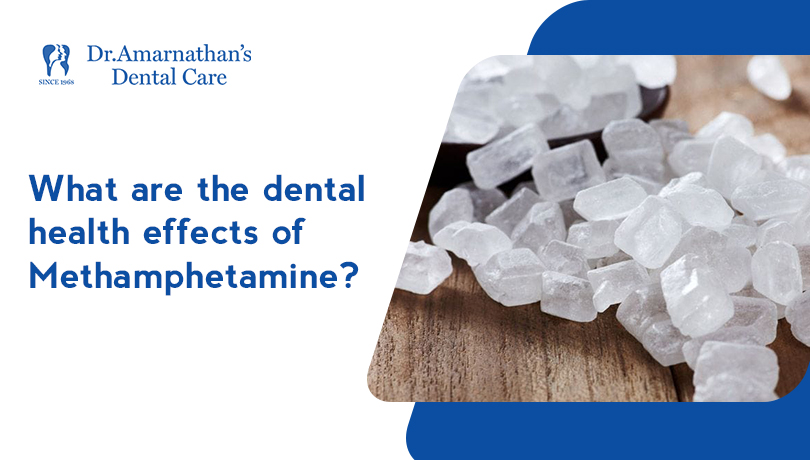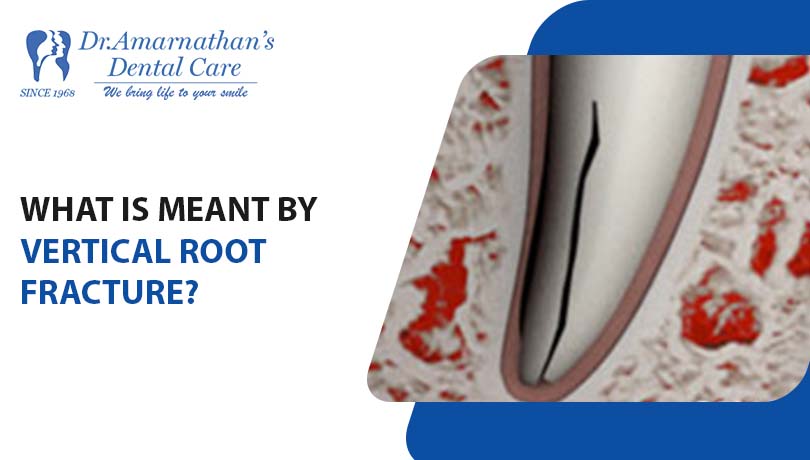
What is a Vertical Root Fracture?
Everyone wants to have healthy teeth and an attractive smile. Nobody wants to have their photo frame with a dull face. Everybody can wish for it, but only a few make the necessary efforts. We cannot expect that you will always have healthy teeth and smile all the time. In some situations, your smile fades away due to the crack in the teeth. There are 5 types of cracks in the teeth.
In this blog post, Dr. Suresh has revealed various things about a kind of such dental fracture. It is Vertical root fracture.
While looking into the mirror, look closely at your teeth with some special light. If you find a thin line in the bottom of your teeth moving upward, be cautious because it’s a sign of vertical root fracture. It usually does not show any symptoms. Hence this type of fracture is often unnoticed. But patients with this type of fracture will experience infection around the surroundings of the bone and gums, resulting in serious pain.
Who can get Vertical Root Fracture?
Persons with weak teeth and people who have undergone any type of dental treatment like root canal treatment and crown placements.
Healthy teeth are also subjected to vertical root fracture when you stress too much during chewing.
Vertical Root Fracture Symptoms
If you encounter any sharp pain, cracking sound, or bleeding in the root canaled tooth, it may also indicate that a vertical root fracture occurred following the procedure.
Mild pain when biting and a space between the gum and the tooth close to the fracture and where the gum almost completely separates from the tooth.
If you develop vertical root fracture after the root canal treatment, the dentist must make “X” – ray of the teeth to diagnose. The doctor might also employ transillumination, another diagnostic technique that involves shining a light through your tooth to look for fracture lines.
Vertical Root Fracture Treatments
Several potential treatments are available for a tooth with a vertical root fracture. Specific forms of dental bonding agents are used to bond the cracked teeth to prevent the fracture from spreading.
But in most situations, tooth extraction is the most widely used remedy. It’s crucial to have this operation done as soon as a fracture is identified since a persistent infection can erode the bone surrounding the tooth, which may one day be required to support a dental implant.
Vertical Root Fracture Prevention Tips
Here are some preventative measures you can take to safeguard your teeth so that you won’t have to cope with the consequences of a vertical root fracture:
Avoid this therapy if at all feasible because these fractures primarily affect teeth that have had root canals. It entails scheduling routine dental check ups so your dentist may identify issues early and assist you in avoiding the development of cavities.
Ask your Endodontist about the root canal filling method they would use if you require root canal therapy. It would be best to talk to them about ways to lower your fracture risk, such as avoiding post-placement.
If you have the above symptoms, don’t be worried. Visit our dental clinic. We have dental experts to provide advanced treatments that can treat any type of dental disorder.




